 As we move into 2023, there are an increasing number of ways companies can engage with their customers. And as the number of apps, browser extensions, social media feeds, newsletters, vlogs, and podcasts grows, you can be forgiven for thinking that websites are a little less essential than they were in say, 2021.
As we move into 2023, there are an increasing number of ways companies can engage with their customers. And as the number of apps, browser extensions, social media feeds, newsletters, vlogs, and podcasts grows, you can be forgiven for thinking that websites are a little less essential than they were in say, 2021.
However, the truth is that websites remain an irreplaceable part of the digital landscape and they will continue to be into 2023 and beyond.
Websites, as the keystone of a centralized, privately run digital experience couldn’t be more relevant. Unlike competing technologies, websites allow almost total control of their source code, and that provides an opportunity for skilled designers and developers to compete against the biggest names in their clients’ industries in a way that simply isn’t possible in tightly governed systems like social media.
Not only does quality web design help businesses increase their traffic, but it can increase the quality of that traffic; an attractive and user-friendly web page will encourage web users to stay on the page longer, and explore more of the content it links to.
Websites vs. Social Media
For many brands, the option they turn to for connecting with customers is social media. Particularly platforms like Facebook and Instagram. While billions of us are happy to while away our free time on social media, it’s not a great platform for informed decision-making or task fulfillment. For any form of productivity, websites are superior:
- Flexibility: Websites can be customized to suit a company’s vision and values, whereas social media tends to magnify accounts that reflect its own values.
- Ownership: When you publish on your website you own your content, when you post to social media the platform tends to own your content.
- Investment: As we’ve seen recently with a certain bird-themed social network, you can spend years investing time in your social media channel only to have it canceled by an individual with his own agenda.
- Findability: Websites are discoverable on search engines, and although algorithms govern these search engines, competition across different search engines keeps search algorithms honest. Social media networks each use a single algorithm making them free to skew browsing any way they choose.
- Scaleability: Websites can take advantage of the latest technologies to improve user experience, on social media user experience is governed by the network’s decisions.
Websites vs. Apps
When it comes to owning a piece of the internet, a connected app feels like ownership. However, websites have a number of benefits over an app, from a superior user experience to lower development costs. And ultimately, apps are also controlled by 3rd parties.
- Accessibility: Websites are universally accessible, while apps are usually limited to certain operating systems or platforms. If you want to distribute to devices, you’ll need to be approved by the store owner who can (and will) change the terms and conditions of store distribution without consulting you.
- Flexibility: Websites provide a greater level of flexibility and scalability than apps.
- Cost-effective: A simple website can be created and launched in a weekend, they are considerably more cost-effective to develop and maintain than apps.
- Findability: Search engines have evolved around website technologies, and it is far easier to create a discoverable website than an app that ranks high in an app store.
- Universality: Websites have lower entry costs for users, and there aren’t any downloads or purchases required.
- 3rd-party features: Websites can integrate 3rd-party content like chatbots, payment gateways, and forms, that generally require licensing to include in an app.
Websites vs. Podcasts and Vlogs
There’s no question that podcasts and vlogs are engaging types of content. However, they are very limited when it comes to different kinds of experience. These tend to be passive, linear experiences. Even if your podcast opens itself up to listener interaction, your customers are still passive consumers.
- Cost-effective: Websites can be set up very cheaply, podcasts and vlogs on the other hand require high-production values to compete.
- Longevity: Well-written website content can remain relevant for years, the lifespan of a vlog or podcast is often just a few months.
- Flexibility: Websites can embed podcasts and vlogs, as well as virtually any other content; podcasts and vlogs can only ever be podcasts and vlogs. Websites will continue to evolve long after podcasts are obsolete.
- Simple: There is now a range of no-code options for creating a reliable website, meaning it can be done with little to no skills or experience. Podcasts and vlogs require a great deal of technical knowledge to produce.
- Findability: As with other technologies, podcasts and vlogs can’t compete with websites when it comes to search engine optimization.
- Faster: A well-designed website is much smaller than a podcast or vlog, making it cheaper and easier to access, especially on a cellular network.
Websites in 2023 and Beyond
In 2023 websites will still be a critical part of a successful business strategy and web designers will continue to be essential members of any team.
Websites continue to offer numerous benefits over other technologies including increased flexibility, cost-effectiveness, and superior search engine opportunities.
Unlike social media platforms that allow you to customize a few assets like avatars and colors, websites can be completely customized to fit the tone and style of a brand. Additionally, websites have a far lower barrier to entry than podcasts, vlogs, or apps. While apps may offer a richer set of features than a website, that is offset by the restrictions on platform and device capabilities that apps impose.
Websites will continue to evolve as the tech landscape changes. New ideas for consuming digital media will appear over time, offering unique new experiences — for example, mass adoption of AR (Augmented Reality) is just around the corner. However, the website is perfectly evolved for the types of simple customer interaction that businesses rely on, and will continue to matter in 2023 and beyond.
Featured image by fullvector on Freepik
The post Why Web Design Still Matters in 2023 first appeared on Webdesigner Depot.


 The digital world is a place of constant change. Just as you get used to a new design trend, another one appears, forcing you to rethink the way that you approach each client project.
The digital world is a place of constant change. Just as you get used to a new design trend, another one appears, forcing you to rethink the way that you approach each client project. 
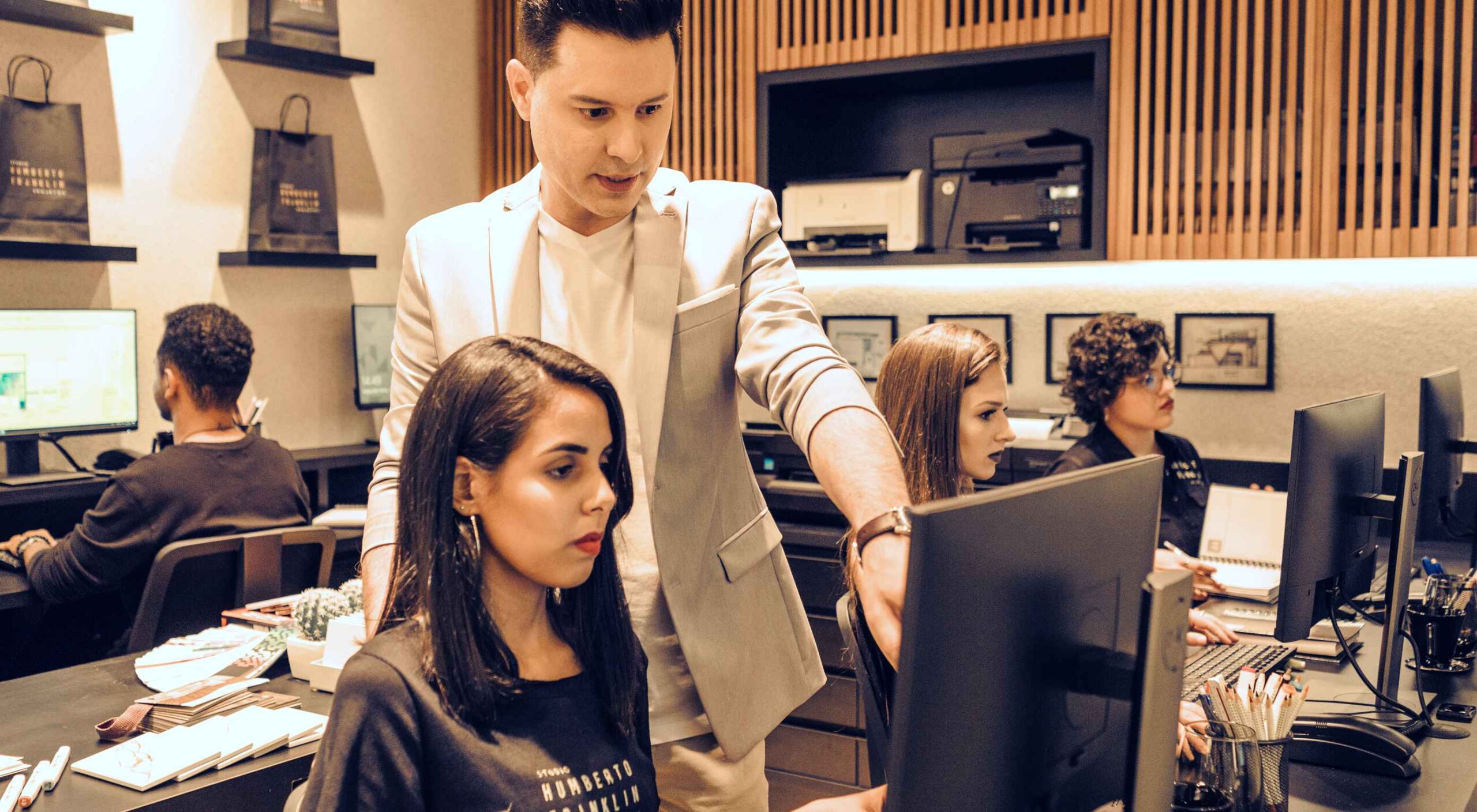 It would be way too easy to answer this question with: “Whoever pays your bills.” And, honestly, I don’t think you can be a very successful web designer if you’re only driven by what the person paying you tells you to do.
It would be way too easy to answer this question with: “Whoever pays your bills.” And, honestly, I don’t think you can be a very successful web designer if you’re only driven by what the person paying you tells you to do.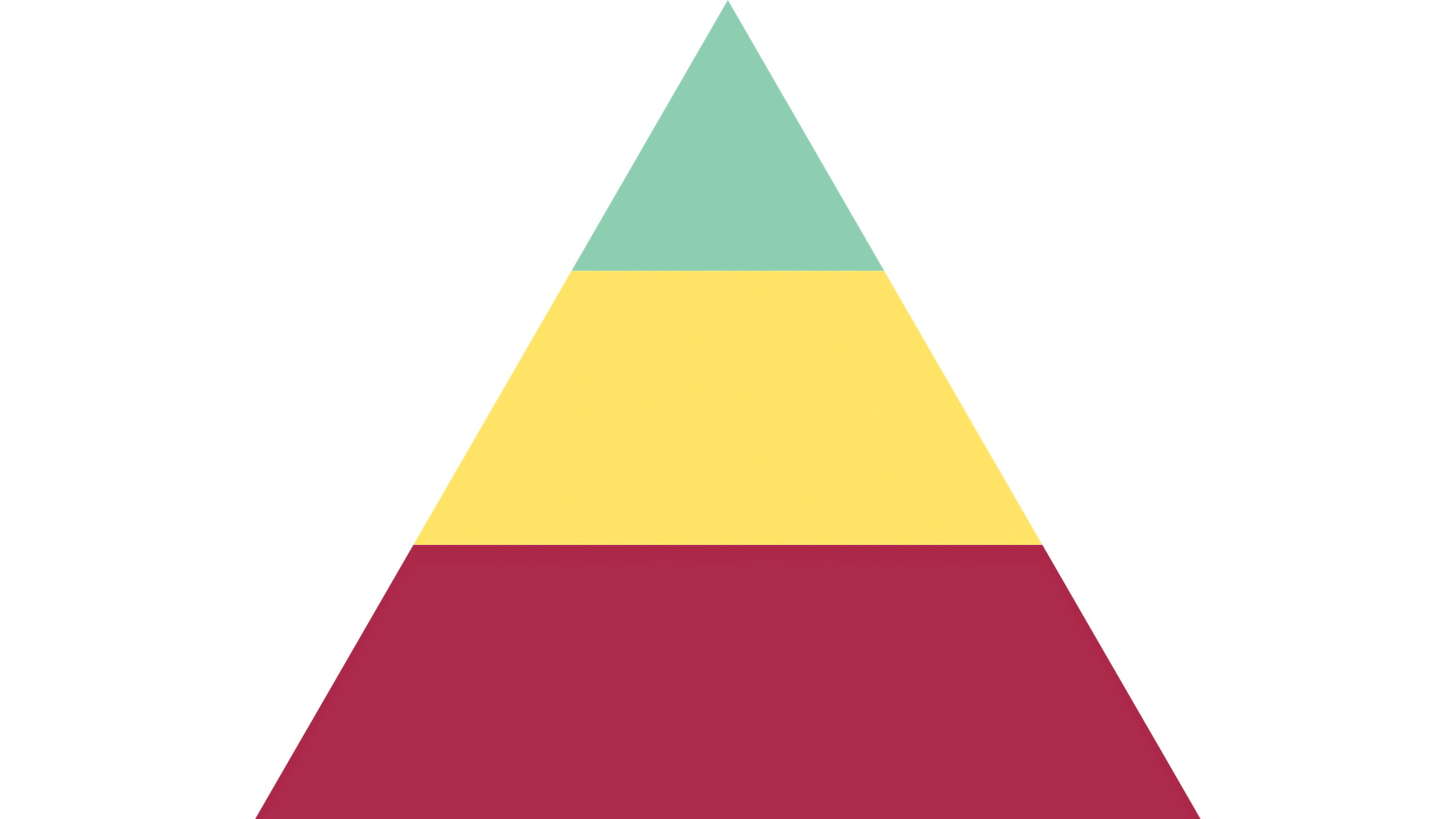
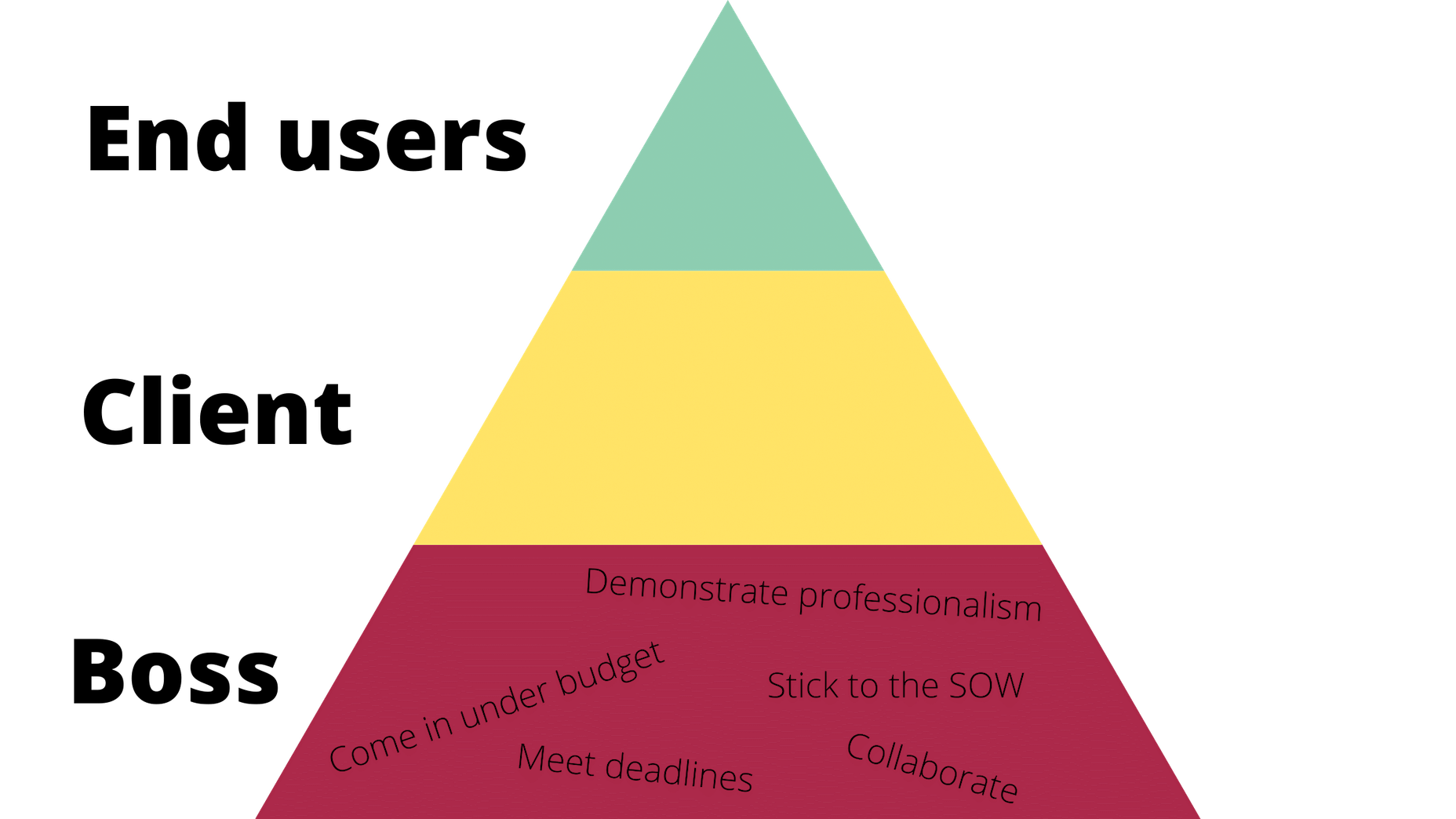
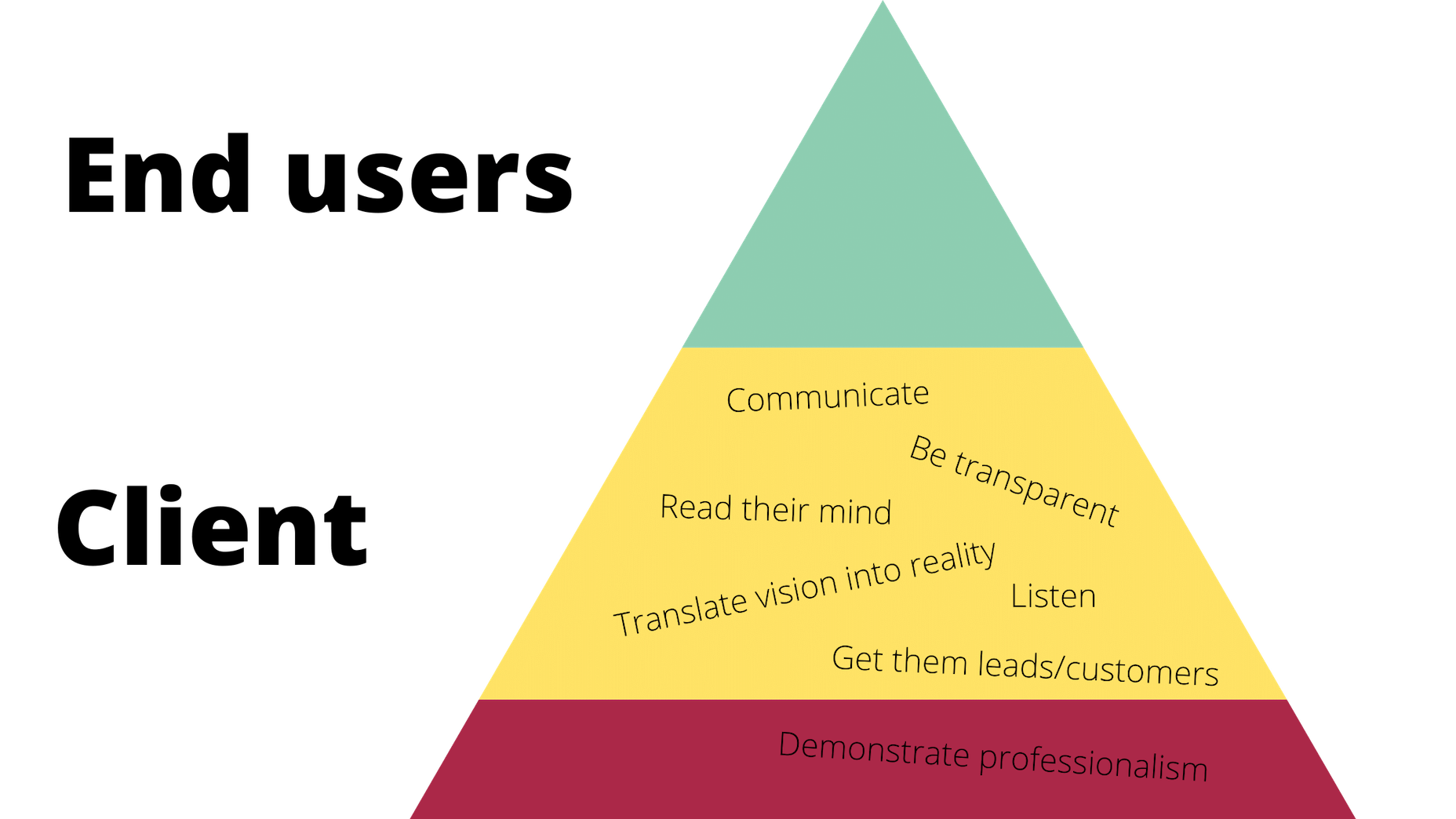
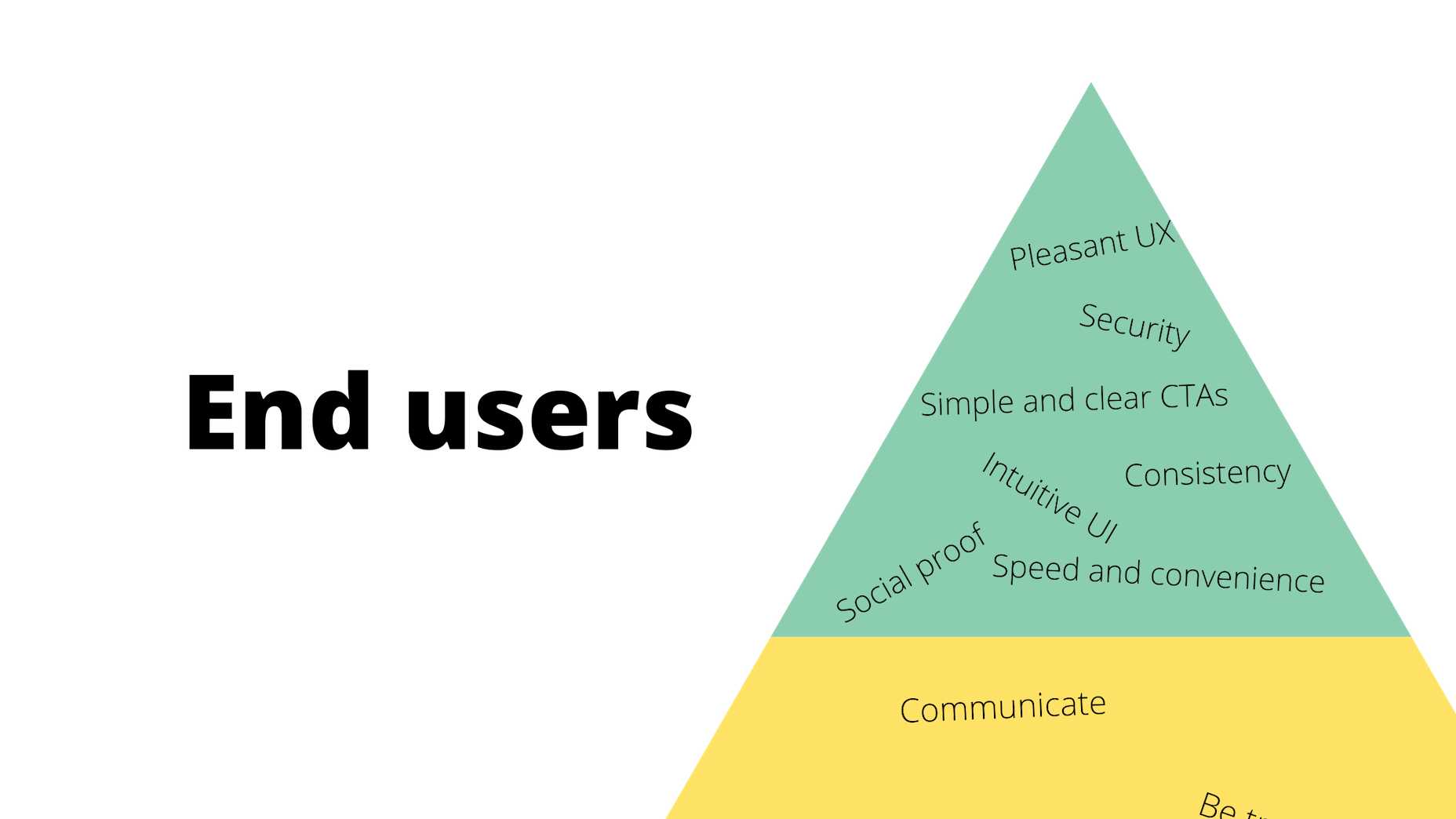

 Web developers have been the bedrock of any company’s business strategy for some time, and the industry is continuing to thrive and grow at a rapid pace. This is why it’s surprising that it is so lacklustre when it comes to diversity.
Web developers have been the bedrock of any company’s business strategy for some time, and the industry is continuing to thrive and grow at a rapid pace. This is why it’s surprising that it is so lacklustre when it comes to diversity.








